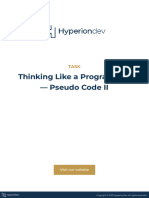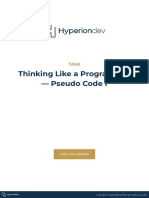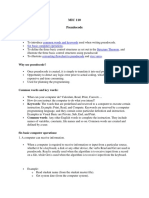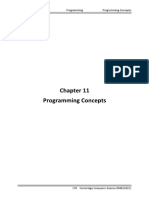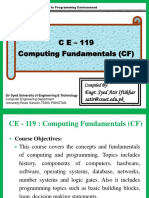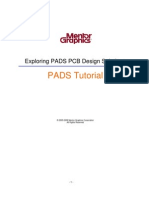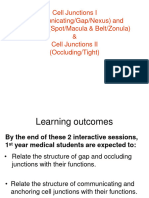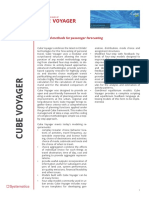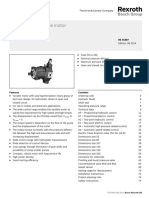Lesson Plan: Introduction to Computer Science
Theory (Before Programming)
🧠 Lesson Title: How Computers Understand Data (Before While
Loops)
🎯 Objective:
By the end of the lesson, students will understand how data is represented, transmitted, and processed
in a computer system.
📚 Lesson Outline:
(LESSON 0) Introduction to How Computers Understand Data [This is the current content already
listed in this file.]
🖥️ Lesson 1: Getting Started with Programming – Introduction to
Algorithms and Pseudocode
🎯 Objective:
Students will be able to understand what an algorithm is, how to write pseudocode, and identify the
purpose of programming in solving problems.
🧠 Key Vocabulary:
• Algorithm – A step-by-step set of instructions to solve a problem.
• Pseudocode – Writing the steps of an algorithm using a simple, clear, English-like format.
• Program – A set of instructions the computer can follow.
✍️ Teaching Content:
1. What is programming?
2. Giving instructions to a computer.
3. Computers only do what we tell them – no guessing.
4. What is an algorithm?
5. Simple instructions to solve a problem (like a recipe).
1
� 6. Example: "How to make a sandwich."
7. Introduction to pseudocode
8. Not actual code, but helps us plan before coding.
9. Example pseudocode:
START
READ number1
READ number2
total ← number1 + number2
DISPLAY total
END
10. Why do we use pseudocode before programming?
11. Easier to plan and debug.
12. Avoids syntax errors.
🧩 Activities:
• Write an algorithm for brushing your teeth.
• Convert it to pseudocode.
• Group challenge: Create pseudocode for calculating average of 3 numbers.
✅ Homework:
1. Write pseudocode to calculate the area of a rectangle.
2. Write pseudocode to check if a number is even or odd.
💻 Lesson 2: Variables, Input, Output and Simple Python
Structure
🎯 Objective:
Students will understand how to declare variables, take input from the user, and display output.
🧠 Key Vocabulary:
• Variable – A box in memory to store a value.
• Input – Getting data from the user.
• Output – Showing results on the screen.
✍️ Teaching Content:
1. Introduction to variables
2
� 2. Think of them as named boxes.
3. In Python: name = "Ahmed" , age = 17
4. Input and output in Python
5. input() function
6. print() function
7. Example:
name = input("What is your name?")
print("Hello,", name)
8. Simple arithmetic
9. Add, subtract, multiply, divide
10. Example:
num1 = int(input("Enter a number: "))
num2 = int(input("Enter another number: "))
total = num1 + num2
print("The sum is", total)
11. Common errors: forgetting int() , missing "" , typos in variable names
🧩 Activities:
• Write a program that asks the user for their age and prints “You are ___ years old.”
• Ask for two numbers, then show their product.
✅ Homework:
1. Create a Python program that calculates the area of a circle (hint: use radius and π = 3.14).
2. Write a program that asks for a name and a favorite color and prints a full sentence using both.
Prepared by: Mr. Ahmed For: IGCSE Computer Science (0984)




